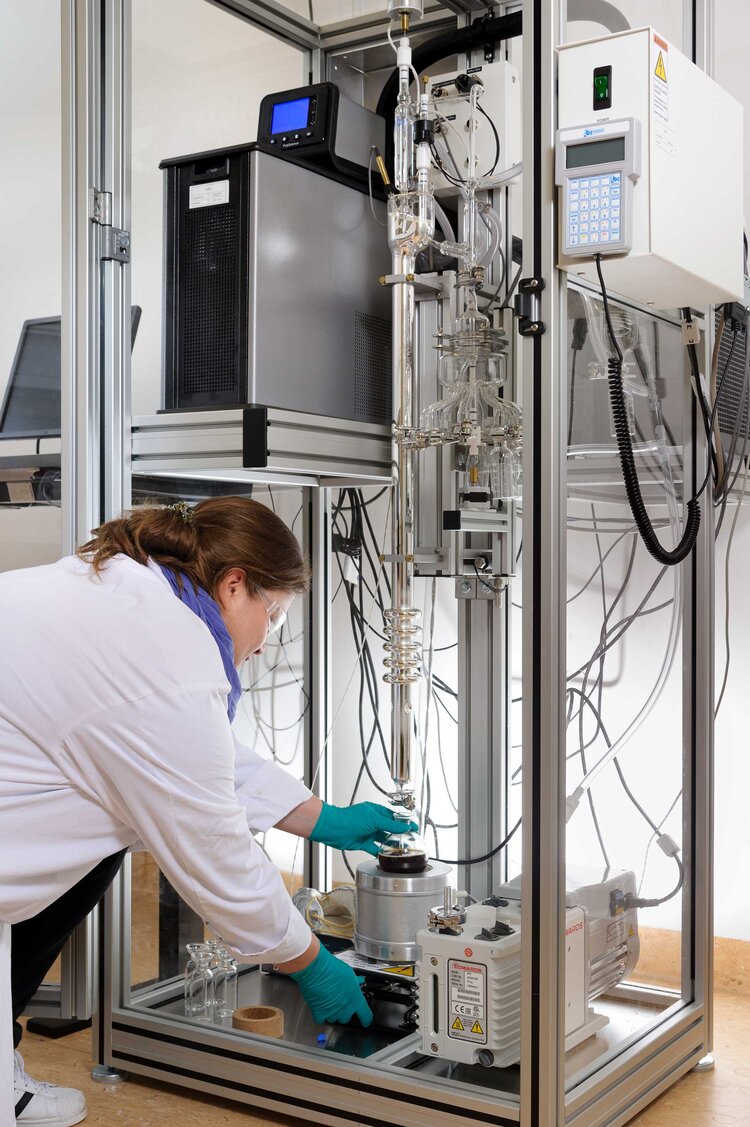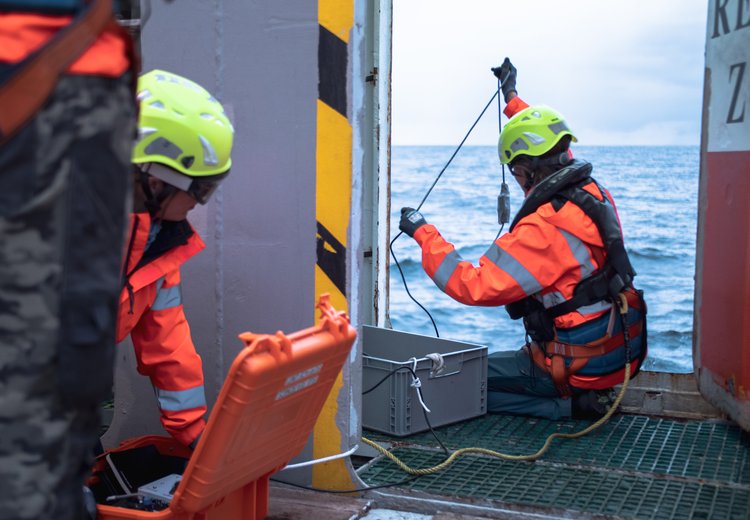Commitments
and Projects
Defined principles will influence our approach, supporting a key tenet of our strategy which is achieving a set of substantive, quantifiable and achievable ESG goals. BlueNord has set its strategy with the objective to be a meaningful participant in the Energy Transition. The Company has a focus on facilitating improved technical, commercial, and economic framing of environmental initiatives. This includes pursuing the extended life of offshore installations by embracing and integrating sustainability. We recognise an evolving and flexible approach is needed given the emerging nature of various proposals and technologies, and BlueNord aims to be at the forefront of this evolution.
Project Bifrost

The scope of the project, which commenced in 2022, includes the development and selection of the CO2 transport and storage concept at the DUC Harald field in the Danish North Sea.
The project is expected to have a startup storage capacity of 3 million metric tons of CO2 per year (m/tpa). In addition, Project Bifrost includes a study to qualify the potential use of additional DUC North Sea reservoirs as they become available, as well as the possibility to use the existing pipeline infrastructure connecting the DUC fields to Denmark. Reusing the pipeline infrastructure to the Danish shore could become the core of a national CO2 transportation system and is a first step to connect to a future European cost and climate efficient CO2 transportation system. This will be matured towards a final investment decision (FID) if the development and demonstration program prove to be successful.

Research and technology to support energy transition

Together with its partners in the DUC, BlueNord invests in the research and development through partnership with the Technical University of Denmark, University of Copenhagen, Aarhus University, Aalborg University, and Geological Survey of Denmark and Greenland. In 2014 DUC founded a research centre for a 10-year period, the Danish Offshore Technology Centre (DOTC). DOTC conducts research aimed towards responsible and efficient oil and gas production from the Danish North Sea, while seeking to reduce the environmental and climate footprint. In 2022 the DUC contributed funding amounting to DKK 95 million to the DOTC.
Work conducted by the DOTC
- Abandonment of Offshore Oil and Gas Fields
- Cost effective abandonment of installations and monitoring for short and long-term environmental protection
- CO2 Storage in Depleted Oil and Gas Fields
- CO2 injection and storage in depleted reservoirs offshore, in a cost effective and low risk approach
- Produced Water Management
- Developing new technologies to optimise the water treatment process (zero harmful discharge vision)
- Well Production and Technology
- Improve integrity and performance of existing and new wells
- Operations and Maintenance Technology
- Functional model of process for artificial intelligence assisted operator support
- Extended Service Life of Wells
- Extension of commercial field life by enhanced methods for corrosion, scale and souring prediction and mitigation in the most environmentally sound way
- Structural Integrity and Life Evaluation
- Artificial intelligence assisted structural Integrity to ensure the safety of structures for continued production
- Ekofisk and Tor Formations Improved Recovery
- Improve recovery by advanced water flooding to increase sweep efficiency of remaining oil, and decrease the amount of CO2 emitted per oil barrel produced
- Improved Recovery from the Tight Lower Cretaceous Reservoir
- Energy efficient oil production from less permeable layers of the Lower Cretaceous

Biodiversity in the DUC

During the past years, the DUC, through the operator TotalEnergies, has carried out a broad range of scientific studies to increase the understanding of the effects of projects and operations on offshore biodiversity. Studies have been developed and carried out by academics and environmental specialists with expertise in the fields of marine mammal biology, underwater acoustics, metagenomics and ecotoxicology.
The DUC-supported marine mammal research program initiated in 2013 has made another significant scientific contribution by providing data regarding the effect on harbour porpoises of underwater sound generated by seismic surveys. The results were published in the peer-reviewed scientific journal Frontiers in Marine Sciences.
The DUC also supports researchers on the development of new scientific methodologies in the studies of biodiversity. For example, the partners collaborated with researchers at DTU-aqua for the offshore deployment and testing of state-of-the-art technology in remote and automated biodiversity monitoring. The pilot study aimed at testing the use of a second-generation environmental sample processor (ESP) in an offshore environment. The ESP was deployed close to the facilities to sample and analyse environmental DNA of porpoise, dolphin, and fish species.
The Environmental Team in the DUC arranges dedicated biodiversity awareness sessions with onshore and offshore operator employees. Offshore staff are encouraged to report wildlife sightings around platforms and the information is shared with large regional inventories of species like basking sharks or bluefin tuna.
